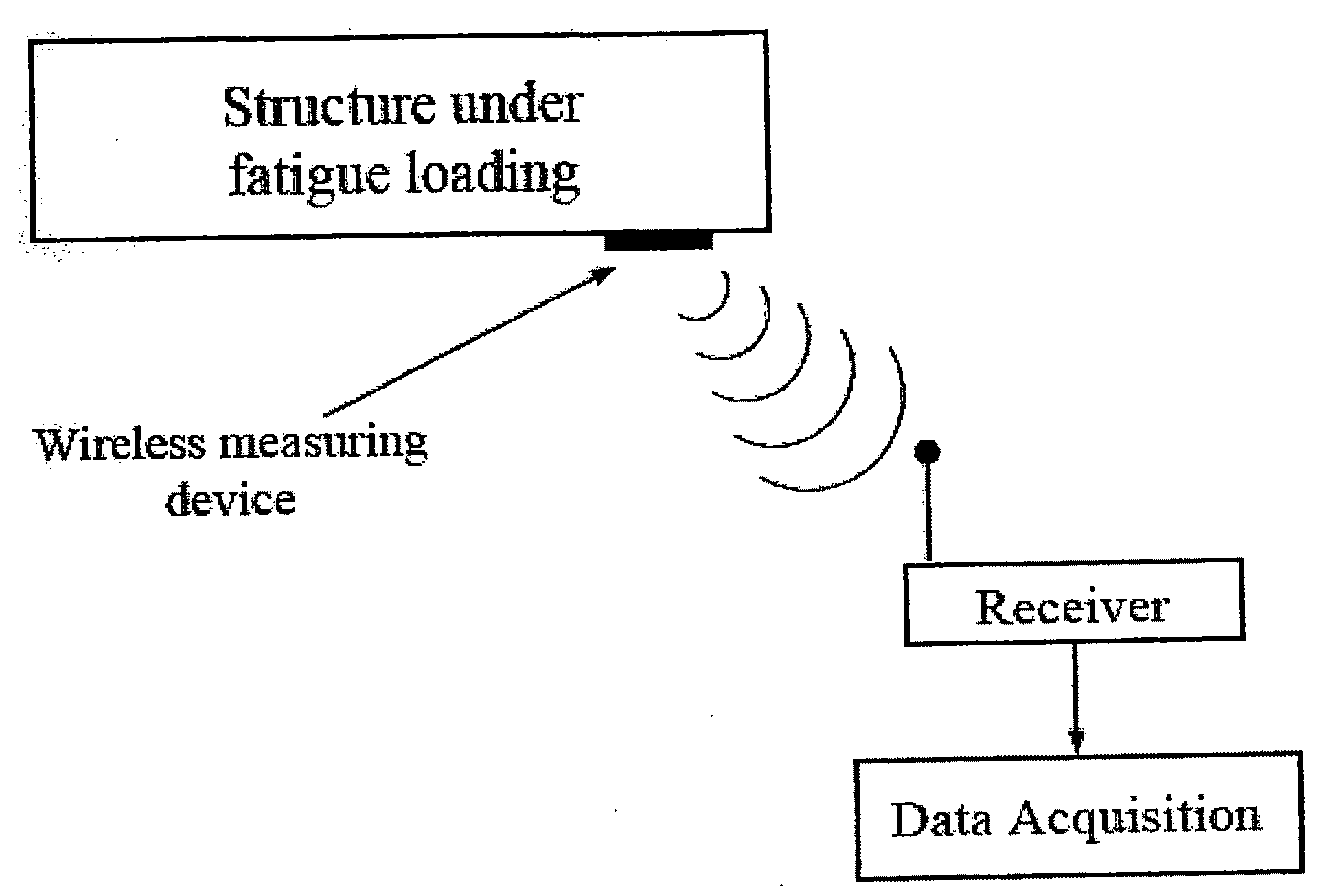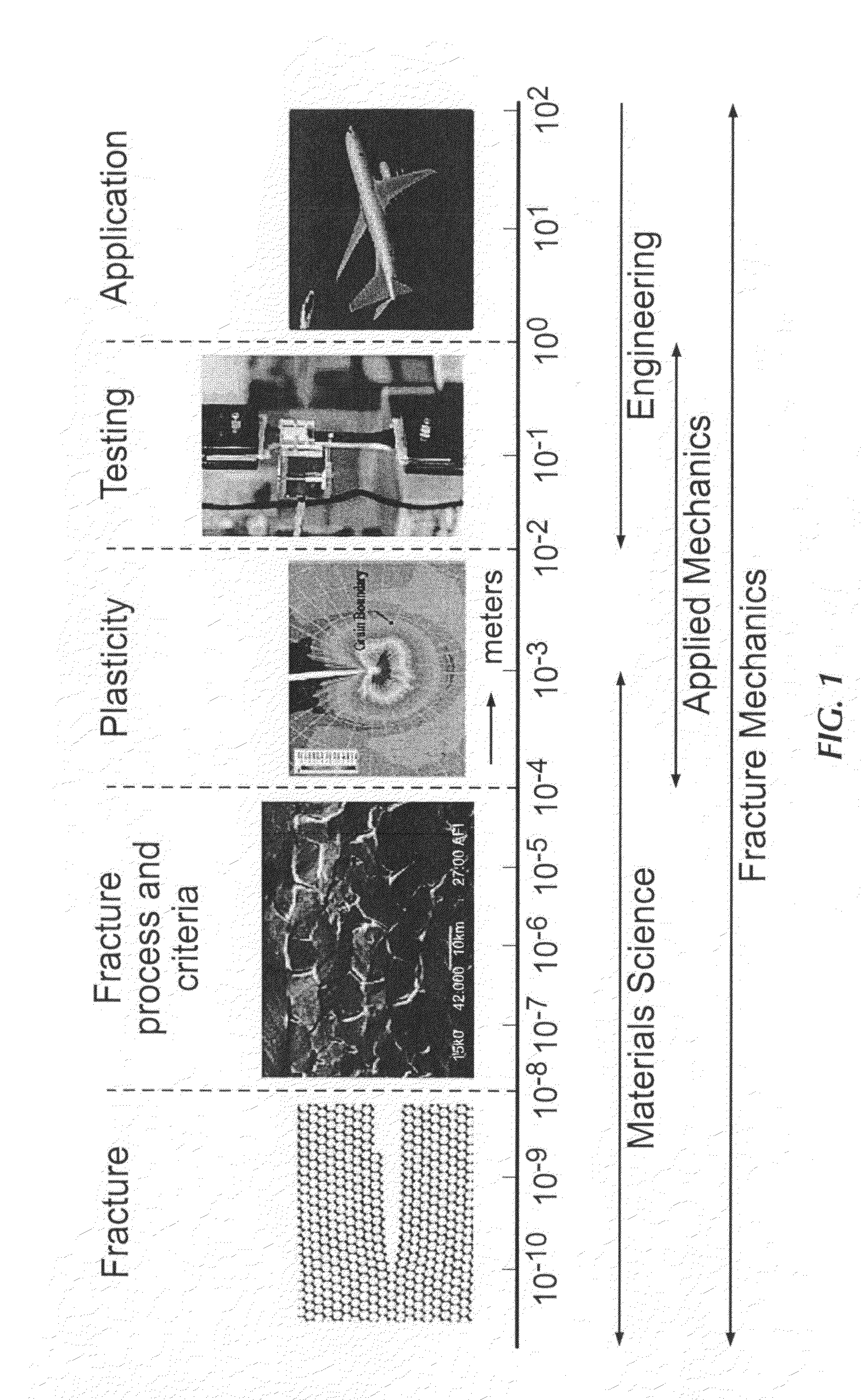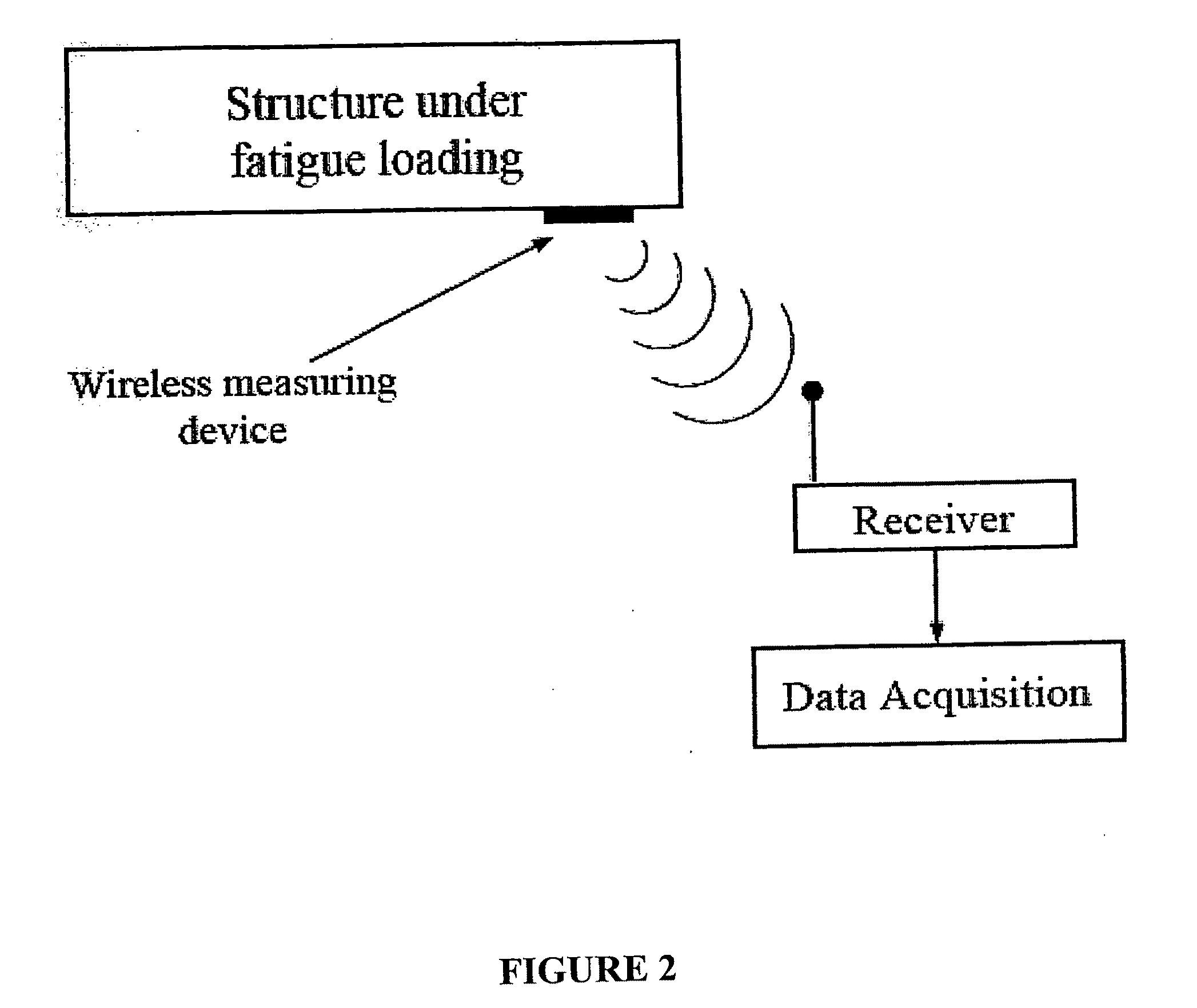Rapid determination of fatigue failure based on temperature evolution
a temperature evolution and fatigue failure technology, applied in the field of material science and engineering, can solve the problems of increasing the strength of the structure or the component, reducing the service life of the structure, and prone to crack formation of all structures and machinery components undergoing fatigue loading, so as to avoid catastrophic failure and effectively utilize the
- Summary
- Abstract
- Description
- Claims
- Application Information
AI Technical Summary
Benefits of technology
Problems solved by technology
Method used
Image
Examples
Embodiment Construction
[0037]An extensive experimental program has been performed that involves testing pertinent types of materials of interest. These materials are used in systems that experience bending fatigue, torsion fatigue, tension / compression, as well as combined mode. A fatigue testing apparatus was used to apply cyclic bending and torsion load. The specimens used were fabricated from Aluminum and Stainless Steel. A full field surface temperature was monitored by means of an infrared camera. FIG. 3A shows the test platform used for bending fatigue testing.
[0038]The fatigue testing apparatus used is a compact bench mounted unit with a variable speed motor, variable throw crank connected to the reciprocating platen, a failure cut off circuit in a control box, and a cycle counter. An available option is a torsion and axial tester. FIG. 3A shows a photograph of the experimental setup used in this study to applying cyclic bending load. Fatigue tests were run until specimen complete separation. The ma...
PUM
 Login to View More
Login to View More Abstract
Description
Claims
Application Information
 Login to View More
Login to View More - R&D
- Intellectual Property
- Life Sciences
- Materials
- Tech Scout
- Unparalleled Data Quality
- Higher Quality Content
- 60% Fewer Hallucinations
Browse by: Latest US Patents, China's latest patents, Technical Efficacy Thesaurus, Application Domain, Technology Topic, Popular Technical Reports.
© 2025 PatSnap. All rights reserved.Legal|Privacy policy|Modern Slavery Act Transparency Statement|Sitemap|About US| Contact US: help@patsnap.com



